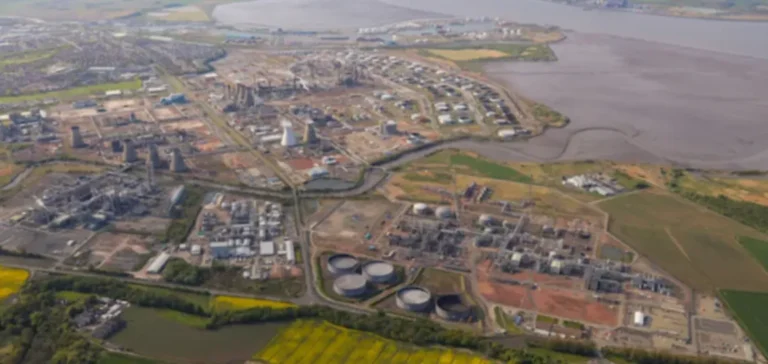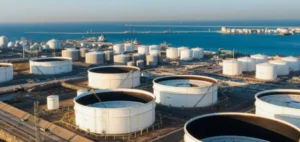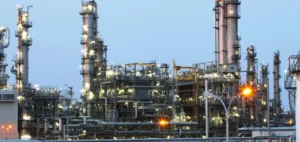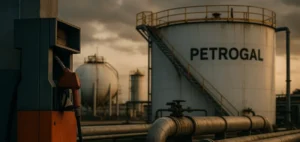The recent closure of the Grangemouth refinery in Scotland marks a significant turning point in the dynamics of UK oil stocks. According to the latest report published by the UK’s Department for Energy Security & Net Zero, the country has seen its hydrocarbon reserves rise significantly during the first quarter of 2025. This notable increase represents the largest gain recorded since early 2022. The movement is directly tied to the sharp reduction in Britain’s refining capacity.
Stock Growth and Decline in Domestic Production
The “Energy Trends” report, published at the end of June, shows that petroleum stocks increased by 280,000 metric tons between January and March, reaching a total of 10.8 million metric tons. This growth reflects an increase of approximately 6% compared to the previous year. Over the same period, domestic fuel production declined by 7%, primarily due to the closure of Grangemouth refinery, which alone accounted for 13% of the UK’s refining capacity. This reduction particularly affected jet fuel, petrol, and diesel, which saw respective declines of 15%, 13%, and 7.6%.
The closure of Grangemouth has compelled the UK to rapidly adjust its external petroleum supply. To compensate for the shortfall in domestic production, imports of refined products rose by nearly 4% compared to the same quarter the previous year. The country’s petroleum trade deficit thus increased by 800,000 metric tons over the period. Conversely, British exports fell by 10% during the same timeframe, further highlighting the reinforced dependence on external markets.
Reorganization of Supplies and Diversification of Sources
Alongside this forced restructuring of the domestic oil market, the UK has seen slight changes among its primary suppliers. Kuwait became the leading supplier of refined products, accounting for around one-quarter of the country’s total imports during this period, followed by the United States and the Netherlands. This diversification of supply sources has become essential to avoid potential supply disruptions, particularly within the context of stable domestic demand, especially for diesel.
The situation was temporarily aggravated by the shutdown for maintenance of the Stanlow refinery, the country’s second-largest. This temporary closure, which lasted from late January until May 2025, increased pressure on inventories and heightened the need for additional imports. Upon restart, this strategic facility benefited from a capacity increase from 198,000 barrels per day to 217,000 barrels per day, aiming to better meet national demand.
Investments in Remaining National Capacities
In this tense context, ExxonMobil is also investing in its Fawley refinery located on the south coast to increase its production capacity of low-sulfur diesel. This investment is expected to result in a 40% increase in the site’s capacity by 2025, aiming to better accommodate a national fuel consumption dominated by diesel. According to the government report, diesel accounted for approximately 40% of total fuel consumption in the first quarter of 2025, even recording a slight increase of 1.5% compared to the previous year.
The evolution of British stocks in the first quarter of 2025 thus illustrates a profound transition for the national petroleum industry. The closure of Grangemouth, combined with temporary operations at other key installations, has forced the sector to rapidly adapt, highlighting the economic and strategic challenges now faced by the UK in terms of energy security.






















